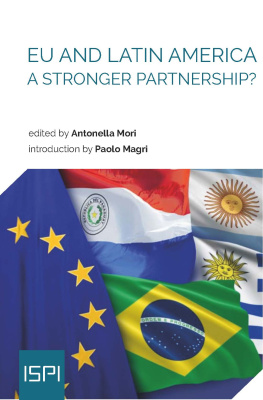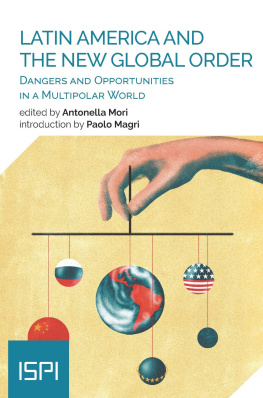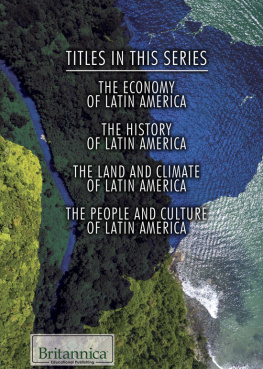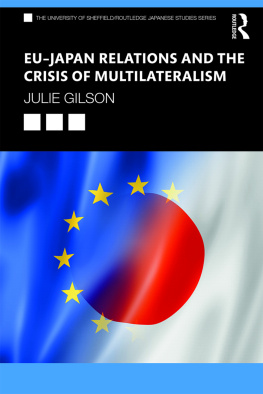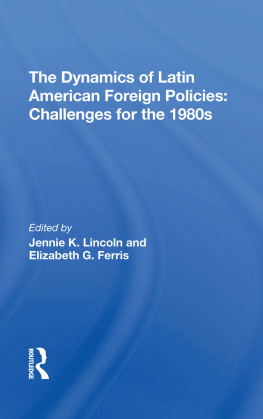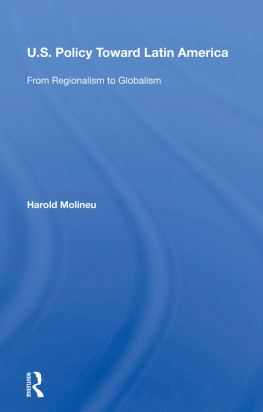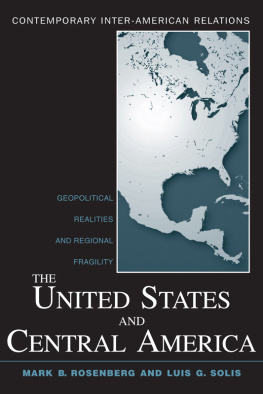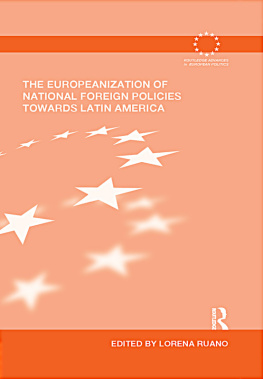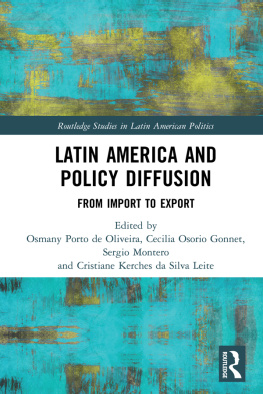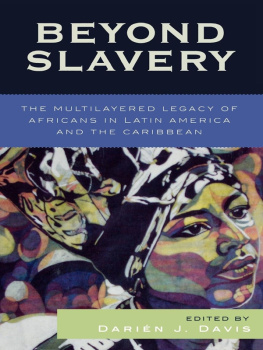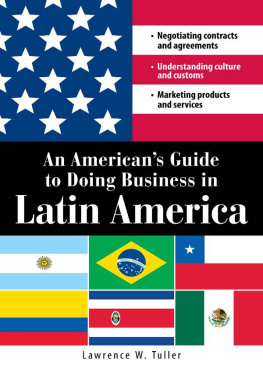Introduction
Back in the 19th century, the Monroe Doctrine made it clear that the United States would oppose European powers interference in both North and South America. Since then, the influence of the Old Continent on Latin America has declined, but has not vanished. Historical, cultural and economic ties have endured over time and, until recently, Europe as a whole was Latin Americas second trading partner after the United States.
With the end of the Cold War and during a period of triumph for liberal institutions, in 1994 the United States kicked off negotiations to establish a large Free Trade Area of the Americas (FTAA). As this could have further negatively affected European interests in the region, the European Union (EU) made its own move. Also thanks to Treaty of Amsterdam and to the strengthened economic and political arrows in its quiver in 1999 the EU launched a Strategic Partnership with Latin American and Caribbean (LAC) countries.
Conceived as a bi-regional platform for political and economic dialogue and cooperation, the Strategic Partnership favoured trade liberalization with twenty-five LAC countries, making the EU the extra-regional partner with the highest number of trade agreements, even higher than the United States.
However, when the FTAA was terminated in 2004, the European push toward a more structured integration with Latin America came to a standstill as well. More recently, also due to the creeping and longstanding effects of the 2007 global financial crisis and the double-dip recession that followed in Europe, the Strategic Partnership appears increasingly unable to fully account for the new global balance of power and, in particular, for the emergence of new actors in the international arena in particular, needless to say, China.
Almost non-existent until 2000, China-LAC trade increased from just US$ 10 billion in 2000 to the impressive US$ 244 billion in 2017. China has thus surpassed the EU as the second trading partner of Latin America and, more broadly, has become a growing strategic partner for the region and ultimately a valid alternative if not the best one to both the EU and the United States.
Squeezed between the United States and China, the EU reacted by including Latin America in its 2016 Global Strategy. Against the backdrop of an increasingly protectionist sentiment coming from Washington, today Brussels seems eager and willing to relaunch its relations with LAC countries.
In this context, 2019 will be the year of the twentieth anniversary of the EU-LAC bi-regional Strategic Partnership. But will it also be the year of the desired turning point for EU-LAC relations? Will Europe be able to re-launch political and economic dialogue with LAC countries, especially taking into account that its engagement combines different levels of relations: regional, through the EU-LAC Strategic Partnership, sub-regional, with different regional organizations such as Mercosur or the Pacific Alliance, and bilateral, with individual countries? And finally, will Europe and Latin American countries be able to navigate through todays choppy international waters, with rising tides of populism and protectionism mounting on both shores of the Atlantic?
These issues are at the core of this ISPI report. EU-LAC relations are a litmus test for Brussels to show that it still has the potential to scale up its influence in the region, notwithstanding the current divisions and lack of vision of the EU itself. Building upon a less ambitious but more pragmatic agenda, Europe may indeed re-launch a win-win partnership. All the more so as the EU does not run the risk of being perceived as an imperial power like the United States or a neo-colonial one like China.
As highlighted in the introductory chapter by Antonella Mori, the editor of this report, the Strategic Partnership, set up almost twenty years ago, is now lagging behind and needs to be revised in order to strengthen bi-regional partnership while reaffirming the importance of multilateralism. In particular, there is a need for a stronger direction, which would assure coherent, relevant and monitored results. In turn, this would increase the benefits from existing trade agreements while avoiding the overlapping of various levels of cooperation.
Nevertheless, in the midst of this negotiation, it is key to recall, as Loris Zanatta points out in his chapter, that Latin America is mostly a divided continent, despite the myth of its geographical, historical, religious and cultural unity. The main attempts undertaken through history to find a common ground among Latin Americans after Simn Bolvar were mostly influenced by an ambivalent sentiment which tore the continent into two battlefields: the Pan-Americanists keen to establish stronger relations with their northern neighbour by developing liberal and multilateral institutions and the Pan-Latinists eager to unify Latin America by creating a clear-cut separation from the United States through alternative development paths. The divide between these two battlefields is blurred and changes both across time and across countries thus limiting the potential of any cooperation at the bi-regional level since any election might entail a permanent questioning of trade and economic agreements made by past governments.
EU-LAC cooperation at the bilateral level seems to have had better luck. In particular, due to its size, strong links with the US and historic relations with Europe, Mexico has been attracting strong interest from the European Union. Indeed, it was the first non-European country with which the EU established an Association Agreement. As Lorena Ruano puts it, this agreement is now under revision to make it more consistent with new international challenges, but it has served as a blueprint for cooperation with other Latin American countries. Its revision may therefore have a strong impact at the regional level too. It remains to be seen if and to what extent the recent election of Andrs Manuel Lpez Obrador can reshuffle the cards.
A very peculiar case among LAC countries is definitely Cuba. For decades, Havana had difficult, limited relations with the European Union hindered by the EUs commonly held position that prevented any advancement until democratic reforms were made in the Caribbean island. However, relations have gradually strengthened through the EU-LAC bi-regional Strategic Partnership, and culminated in 2016 with the signing of a Political Dialogue and Cooperation Agreement (PDCA) also favoured by constructive compromise and by a more open stance that came from the Obama administration. More recently, the European Union decided not to follow the closed stance towards Havana of the new American President and, as Anna Ayuso puts it in her chapter, the PDCA is still considered the best instrument to strengthen Cubas reform process while the EU-LAC Strategic Partnership is the right platform to integrate bilateral dialogue at the regional level.

